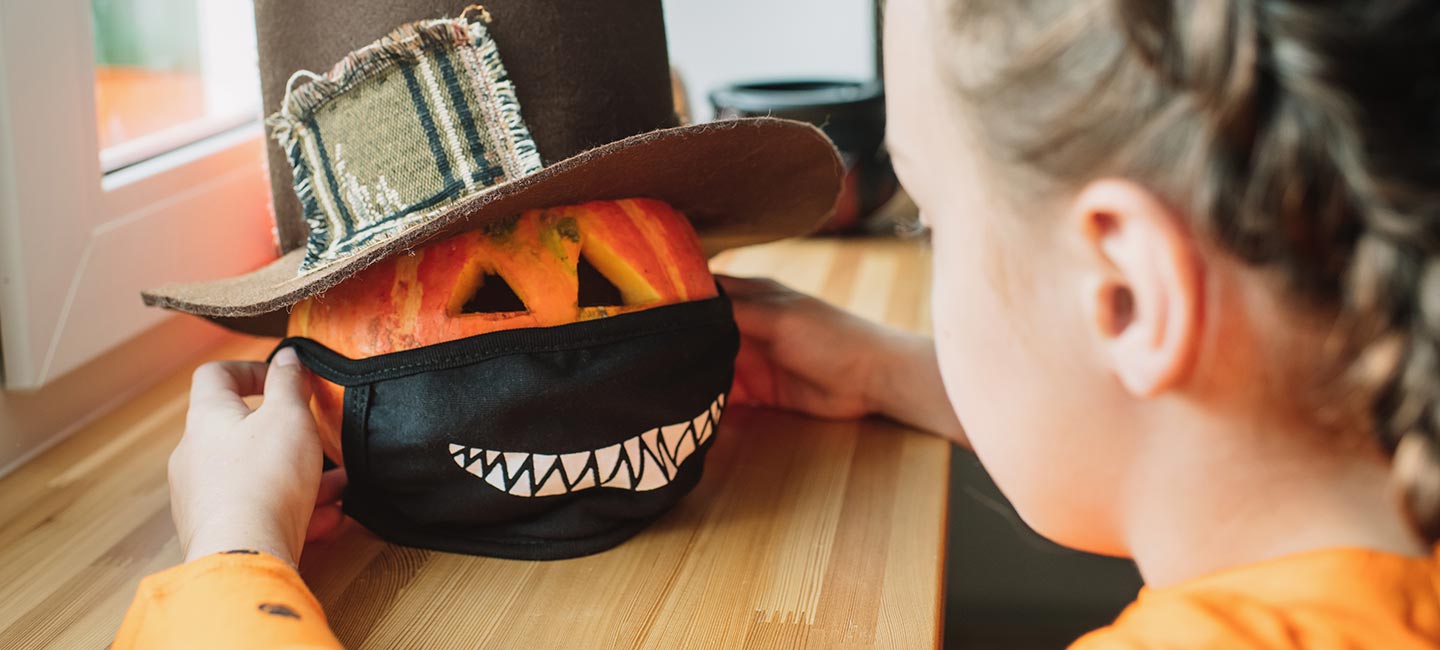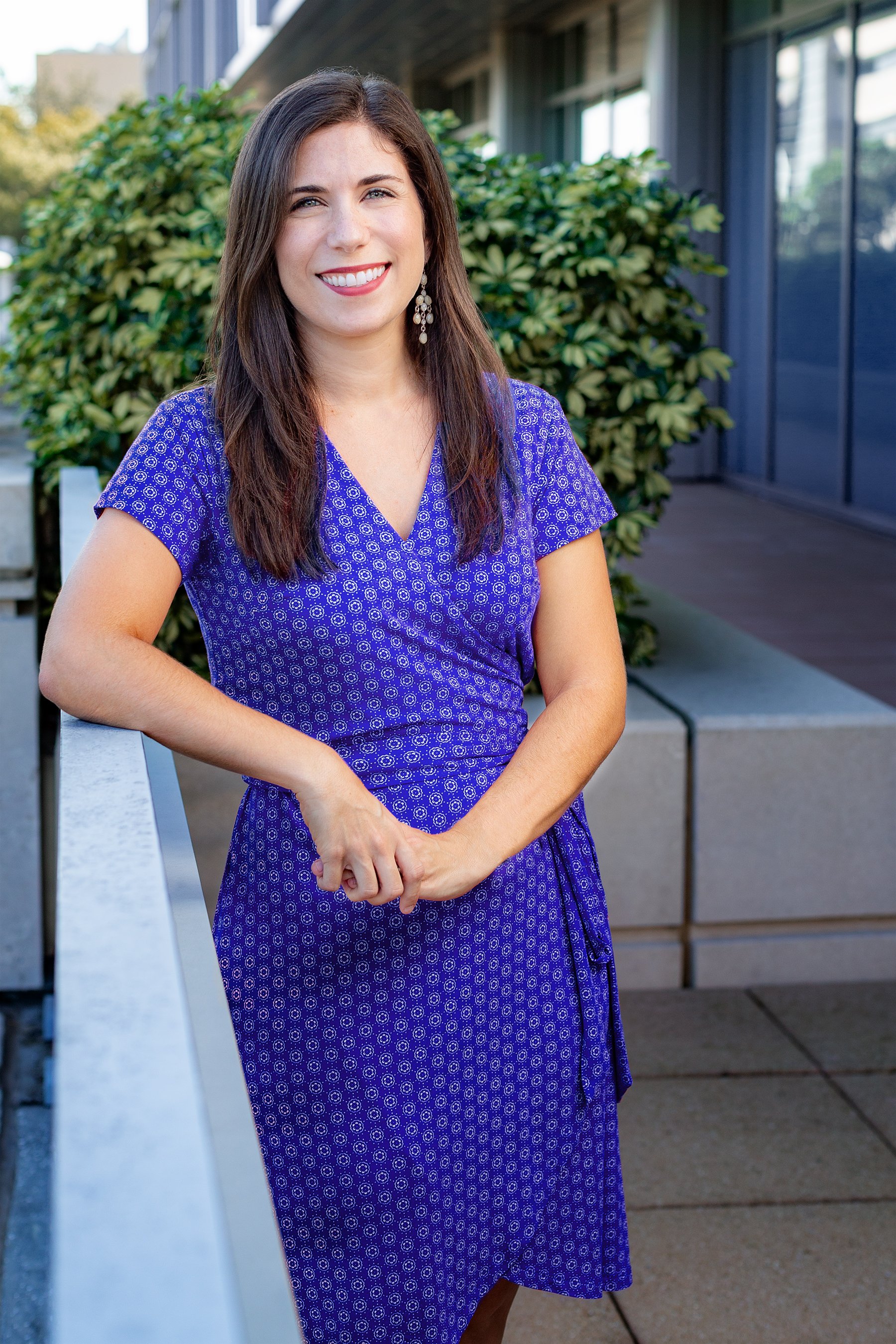5 Fall Festivities That are Safe in a Pandemic
Summer is over, school is in session and fall festivities are on the horizon — but with the COVID-19 pandemic, you may be wondering how to safely enjoy the season.
The Centers for Disease Control recently released guidelines outlining how to stay safe while participating in fall activities. Although some of the traditional holiday experiences are categorized as high risk, many can still be done safely, especially with a few extra precautions.
1. Pumpkin Carving
If you’re carving pumpkins with members of your family that you live with, there is no significant risk of contracting the virus that causes COVID-19. However, be careful about participating with friends or family outside of your household. If you want to carve pumpkins with neighbors or friends, do so outdoors while keeping a safe distance of 6 feet apart.
2. Decorating the House
Decorating your home for fall or Halloween is a safe and fun way to get into the spirit. The whole family can join in getting the house Halloween ready, from jazzing up the entryway, to stringing lights on the roof or around trees. When you’re done with your own home, take a spooky stroll around the neighborhood at dusk to check out other festive houses.
Top Tips to Stay Safe During Fall Activities:
- Wear a two-ply mask (Halloween costume masks don’t count)
- Wash your hands
- Stay 6 feet apart
- Clean and disinfect high-touch surfaces, etc.
3. Visiting a Pumpkin Patch, Farm or Orchard
Luckily, many fall activities are already centered around the great outdoors. Visiting a pumpkin patch, farm or orchard is considered a moderate risk activity by the CDC.
“The CDC defines significant exposure as being within 6 feet or less of someone for more than 15 minutes,” said Dr. John Greene, chair of the Infectious Diseases Department at Moffitt Cancer Center. “If you can avoid significant exposure and wear a two-ply mask, you can still go to corn mazes, pumpkin patches and participate in other outdoor fall activities.”
Greene also notes the importance of proper handwashing, especially if visiting high-touch areas during your outing.
4. Trick-or-Treating
With a few modifications, trick-or-treating can still be relatively safe. The CDC recommends preparing individually wrapped treat bags that can be lined up to grab and go, rather than handing out candy from a bowl. To maintain 6 feet of distance, place them on a table at the end of your driveway. Ideally trick-or-treaters and those accompanying them should wear masks. Note that a costume mask is not a suitable alternative to a two-ply protective face mask.

Dr. John Greene, chair of the Infectious Diseases Department at Moffitt Cancer Center
5. Virtual Costume Contest
Gather your friends and family for a virtual costume contest and bring out your creative side. Use a video conferencing app to show off your costumes and vote on the best, scariest, funniest and most creative costumes.
What to Avoid
Some activities should be avoided to prevent the spread of the virus. One of the riskier Halloween activities, Greene says, could be haunted houses. “There may not be air conditioning, so you’re dealing with stagnant air, you’re coming into contact with multiple people and there’s likely to be yelling and more transmission of respiratory droplets, especially if masks are not being worn by all parties.”
Other activities to avoid include:
- Traditional door-to-door trick-or-treating where treats are handed out directly
- Large, crowded events like indoor costume parties or fall festivals
- Hay or tractor rides with people outside of your household
- Traveling to rural fall festivals outside of your community if you live in an area with high community spread of COVID-19
If you’ve been exposed or think you have been exposed to someone with COVID-19, you should not hand candy out to trick-or-treaters or participate in in-person fall festivities.
For those who are immunocompromised but still want to participate in fall festivities, the combination of mask and face shield is the ultimate form of protection, says Greene.



